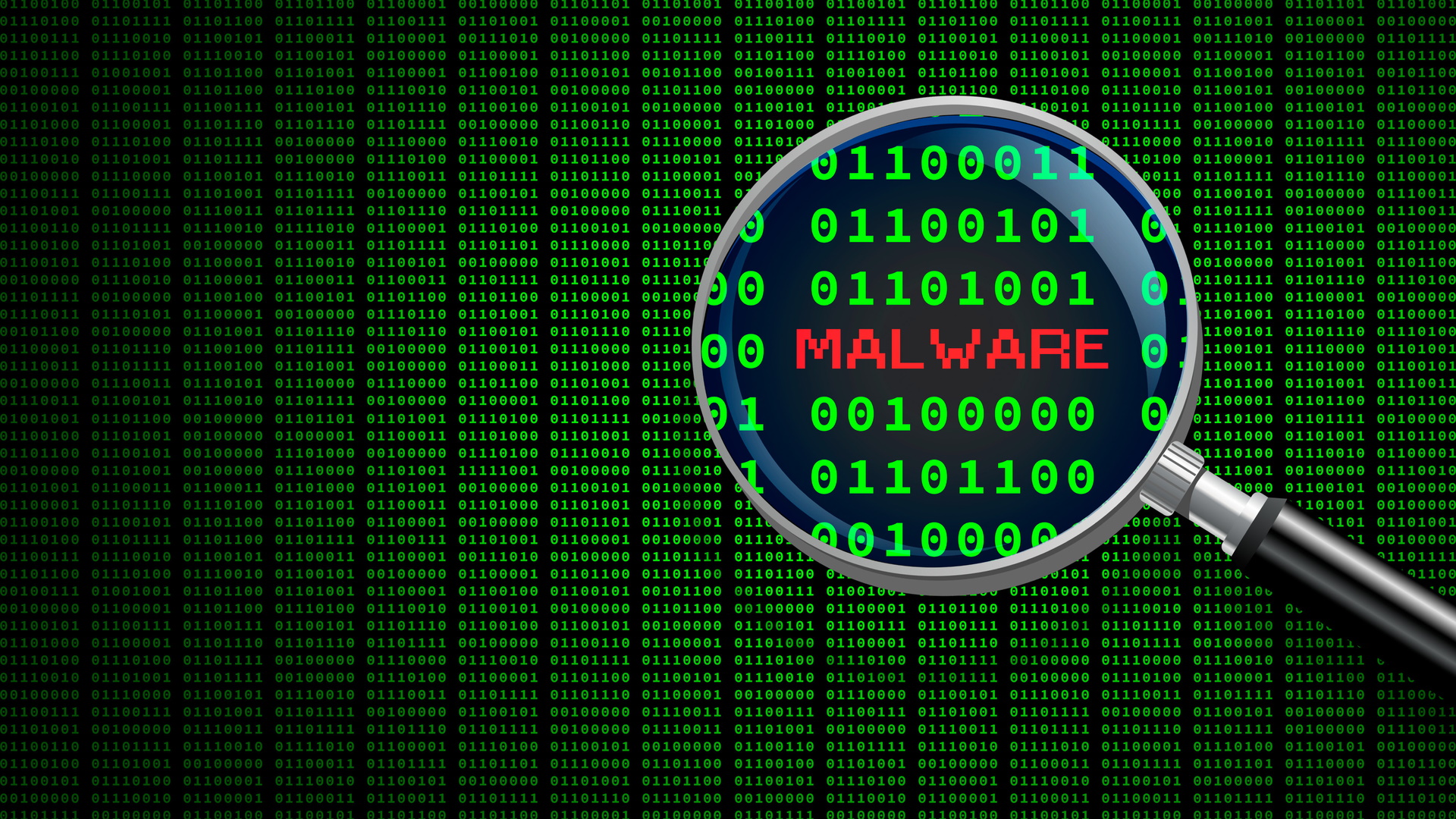Viruses are the most popular type of malware - and Apple devices are most at risk
Just five types of malware are responsible for nearly every threat detected

It seems that malware operators are already performing above expectations this year, with Apple devices seem to be bearing the brunt.
A new report from Surfshark has analyzed data from users of Surfshark Antivirus, which detected 117 types of malware since the start of the year. It found that only 5 types of malware are responsible for nearly 80% of all threats detected.
Viruses are the most common type, accounting for 42%. The most prevalent of these, "Proxy.Agent," affected Apple users, dispelling the myth that the Cupertino giant's hardware is immune to compromise.
Popular threats
The second most common threat type are Trojans. The most commonly witnessed was "Dropper.Gen" - an installer of further malware and adware that looks like a real process in Windows machines.
Potentially Unwanted Applications (PUAs) were third, which typically include programs that are unwittingly installed by users when they are trying to install other applications, and often result in persistent pop-ups, undesired changes and slowdown of the user's system.
Heuristic threats were fourth, and include those viruses that share characteristics with other common virus variants, by analyzing code and scanning for functions that look like malware. However, Surfshark points out that "heuristic threats may yield false positives, as behavior patterns resembling malware can trigger alarms even when no real threat exists."
Fifth on the most commonly detected malware was adware, which can force pop-ups in users' browsers, as well as deceive users into downloading further malware, making illegitimate payments and sharing sensitive information.
Sign up to the TechRadar Pro newsletter to get all the top news, opinion, features and guidance your business needs to succeed!
MORE FROM TECHRADAR PRO

Lewis Maddison is a Reviews Writer for TechRadar. He previously worked as a Staff Writer for our business section, TechRadar Pro, where he gained experience with productivity-enhancing hardware, ranging from keyboards to standing desks. His area of expertise lies in computer peripherals and audio hardware, having spent over a decade exploring the murky depths of both PC building and music production. He also revels in picking up on the finest details and niggles that ultimately make a big difference to the user experience.